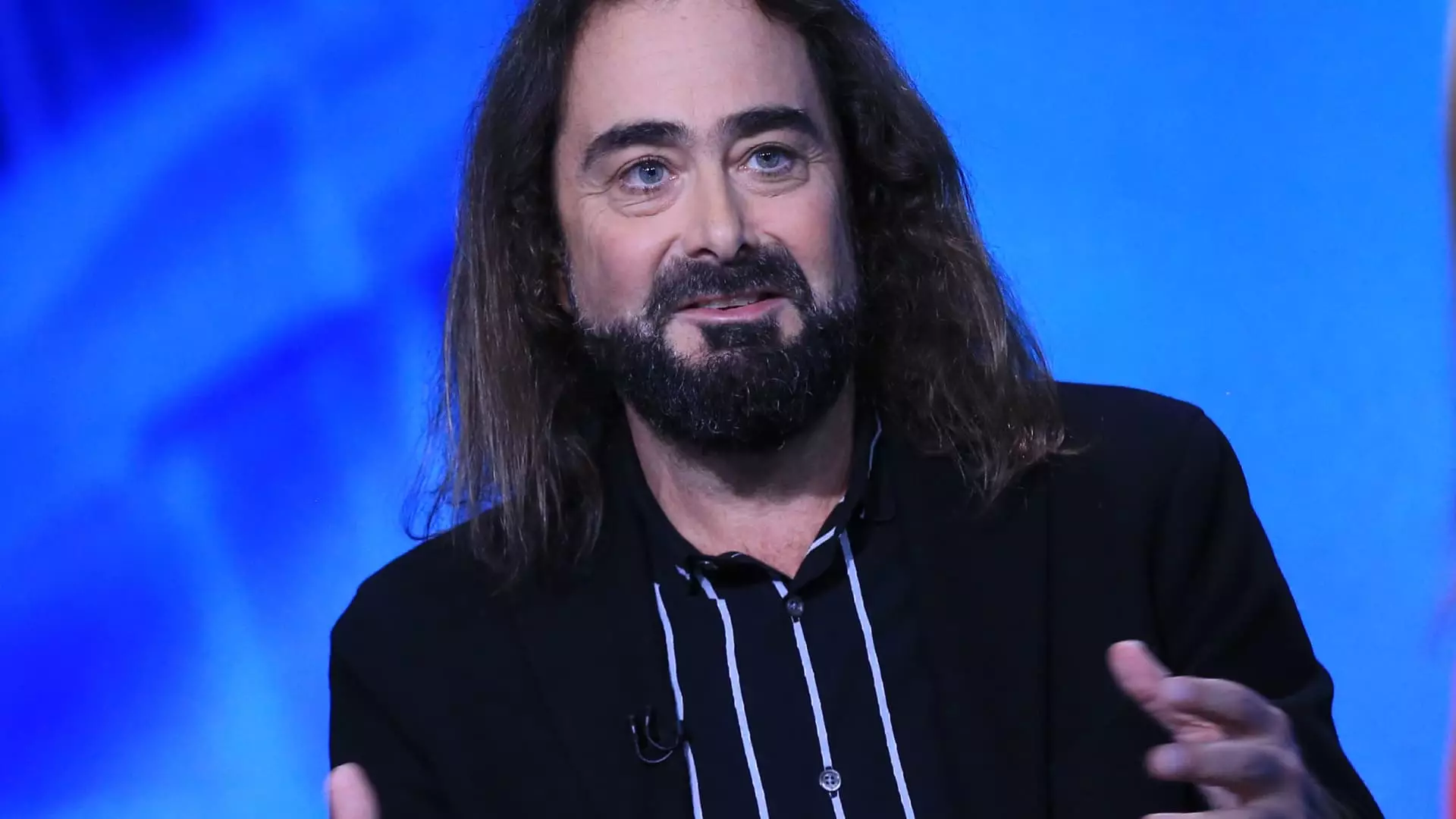As the Federal Reserve prepares for its imminent two-day meeting, anticipation surrounds the potential for another quarter-point reduction in interest rates. Market strategists and economists are closely monitoring the central bank’s approach, particularly in light of recent economic data suggesting the U.S. economy remains resilient. David Zervos, chief market strategist at Jefferies LLC, highlighted at CNBC’s Financial Advisor Summit that previous recession predictions by economists have largely missed the mark. According to Zervos, the economy continues to expand, and inflation is moderating, with the Federal Reserve’s preferred inflation measure recorded at 2.3% in October, and 2.8% when excluding volatile food and energy prices.
The economic indicators present a promising outlook, particularly as growth for the fourth quarter is projected to reach an annualized rate of 3.3%, based on assessments from the Atlanta Federal Reserve. Barbara Doran, CEO of BD8 Capital Partners, echoed this optimism, stating that healthy economic growth is anticipated for the following year. Doran’s perspective aligns with the Federal Reserve’s cautious stance, as they balance the need for adjustment with the ongoing economic momentum. Commenting on the situation, Fed Chair Jerome Powell expressed confidence in the economy’s robustness, suggesting that this strength affords policymakers the luxury of proceeding with measured and deliberate policy changes.
Despite the broad strokes of economic growth, uncertainty lingers, particularly regarding President-elect Donald Trump’s forthcoming fiscal strategies. Zervos pointed to the deregulation anticipated under Trump’s leadership as a notable disinflationary factor, referencing the stability present during the previous Trump administration as a key indicator. He suggested that with effective implementation of these policies, inflation is likely to remain contained within the 2% range. This entry into a new political landscape raises questions about the potential for tariffs to disrupt consumer pricing, a concern shared by economists including Jan Hatzius from Goldman Sachs, who warned of a possible 1% increase in consumer prices due to suggested tariffs.
The implications of initiating punitive tariffs on imports serve as a wild card in the current economic climate, with potential inflationary pressures that could impact the lower-income demographics disproportionately. Doran cautioned that any uptick in inflation could hinder the possibility of further rate cuts beyond the anticipated decision in December, emphasizing the delicate balance that the Fed must maintain in navigating both fiscal policy and emerging economic data. With experts indicating that the Federal Reserve may slow the pace of rate cuts into 2025, the evolving economic narrative reflects a nuanced interplay between growth prospects and inflationary risks.
As the Federal Reserve gears up for its meeting, the overarching sentiment portrays cautious optimism amid an intricate economic backdrop, necessitating vigilant observation of fiscal policies and their ramifications on both growth and inflation dynamics.

